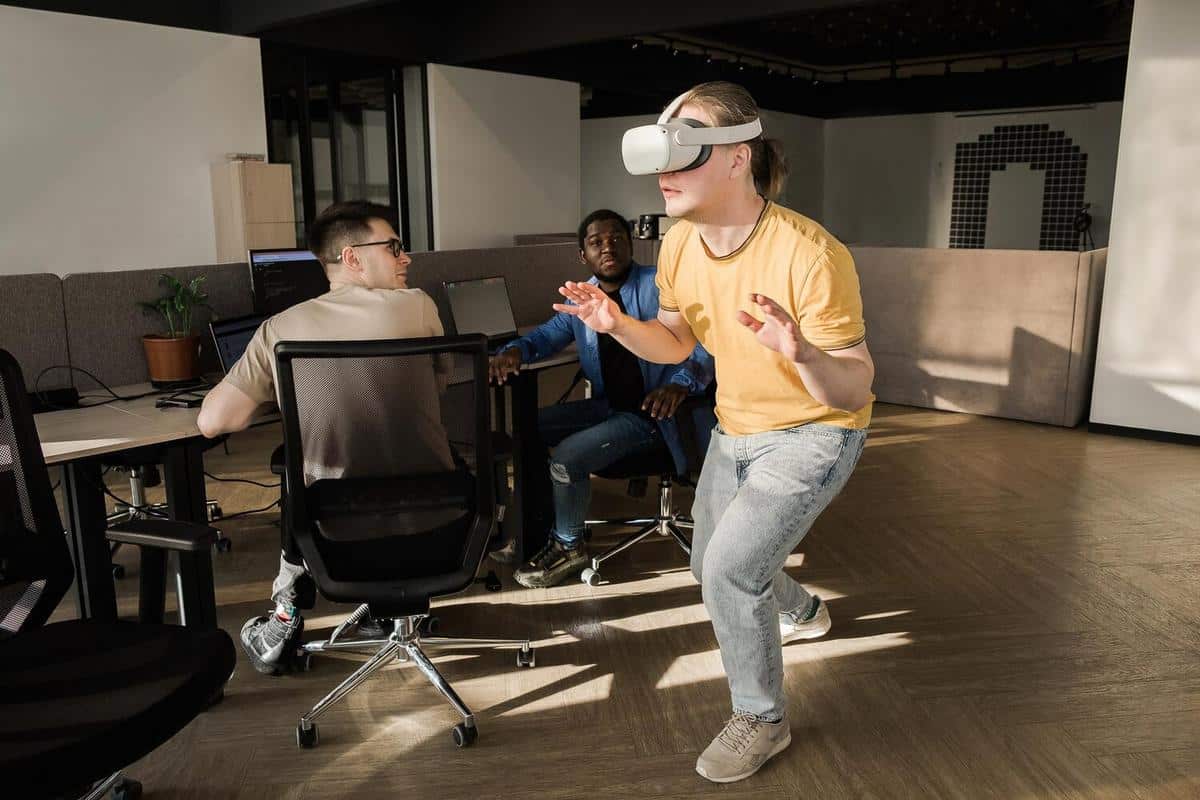
The Role of VR in Remote Work and Collaboration
Virtual reality (VR) has transcended its origins in gaming and entertainment, emerging as a pivotal tool in the realm of remote work and collaboration. As businesses globally adapt to changing work environments, VR offers a unique platform for fostering connection, innovation, and productivity among geographically dispersed teams.
In an era where remote work is becoming the norm, VR technology is redefining how teams collaborate across distances. According to a report by PwC, VR training can be four times faster than traditional classroom settings, highlighting its efficiency. This technology allows employees to meet in immersive environments, promoting a sense of presence that video calls often lack.
Enhancing Remote Collaboration with VR
Employers and employees alike are discovering the benefits of VR in enhancing communication and collaboration. A study by Capgemini found that 82% of companies using VR report that it meets or exceeds their expectations for collaboration improvements. VR creates a virtual space where team members can interact with 3D models, conduct training sessions, and brainstorm ideas as if they were in the same room.
Expert Insight
James McQuivey, a leading analyst at Forrester Research, notes, “VR provides a level of engagement that traditional video conferencing tools simply cannot match. It allows for more nuanced communication and interaction.” McQuivey’s insights reinforce the transformative potential of VR in remote work settings.
Real-World Example
Consider a multinational architecture firm that adopted VR to facilitate design reviews. The firm found that VR not only improved communication but also reduced project timelines by 20%, as clients could visualize changes instantly and provide immediate feedback.
Actionable Tips for Implementing VR
- Start small by integrating VR into specific projects or meetings to gauge its effectiveness.
- Invest in training sessions to ensure your team is comfortable using VR tools.
- Leverage VR platforms that are compatible with existing systems to minimize disruption.
Comparing VR Platforms for Remote Work
| Platform | Features | Cost | User Experience |
|---|---|---|---|
| Platform A | 3D Model Interaction, Virtual Meetings | $$ | Highly Intuitive |
| Platform B | Training Modules, Virtual Tours | $$$ | User-Friendly |
| Platform C | Interactive Whiteboards, Team Building | $ | Moderate |
| Platform D | Customizable Environments | $$$ | Advanced |
| Platform E | Real-Time Collaboration Tools | $$ | Easy to Use |
| Platform F | Multi-User Environments | $$ | Intuitive |
| Platform G | High-Quality Graphics | $$$ | Premium |
| Platform H | VR Conferencing | $$ | Simple |
FAQs
Can small businesses afford VR technology?
Yes, with the growing number of affordable VR solutions, small businesses can find options that fit their budget while still enhancing productivity.
Is special training required to use VR in the workplace?
While basic training can be beneficial, many modern VR tools are designed to be intuitive and user-friendly.
What are the main challenges of using VR for remote work?
Challenges include ensuring all team members have compatible devices and addressing any potential connectivity issues.
Conclusion
As remote work continues to evolve, VR stands out as a powerful tool for enhancing collaboration, creativity, and communication. By embracing VR technology, businesses can create more engaging and effective remote work environments. Consider starting small and gradually integrating VR into your workflow to experience its full potential.
For more insights on virtual reality and remote work, explore additional resources on VR.org and stay updated with the latest innovations in this exciting field.